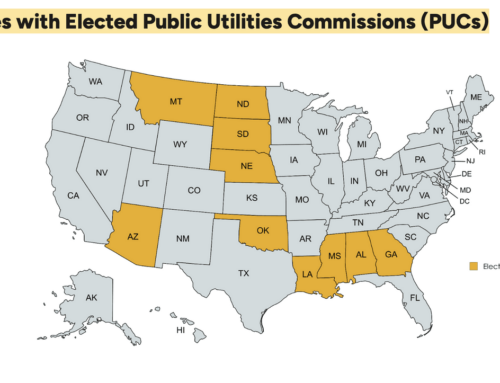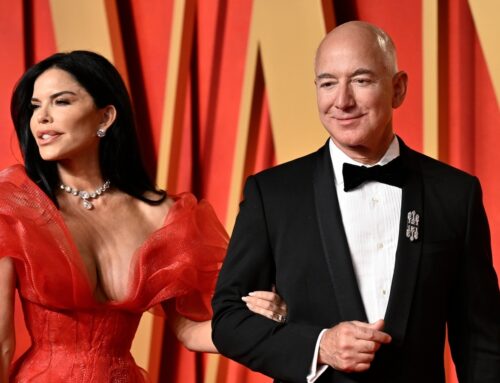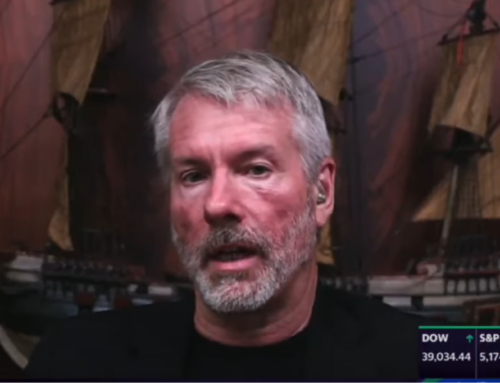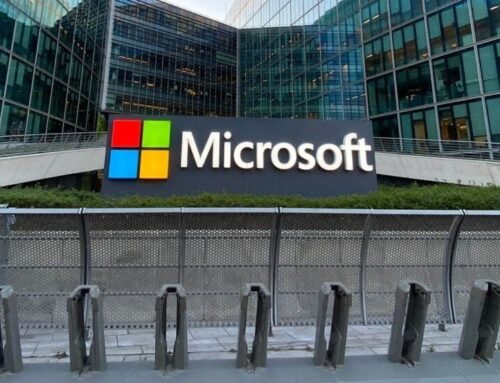Unlocking Clean Electricity
October 24, 2024
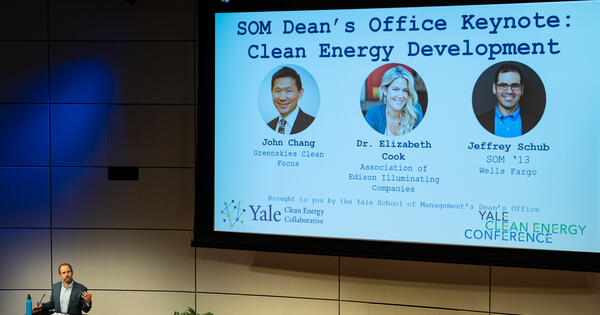
What happens when a clean energy developer, an electric grid operator, and a banker sit down together? It sounds like the setup for a wonky joke. But the keynote panel of the 2024 Yale Clean Energy Conference offered a hopeful answer: they can help address the climate crisis.
Sponsored by the Dean’s Office as part of the annual, international conference, the October 11 panel put experts from those three sectors in conversation to discuss the challenges ahead as the United States enters what the International Energy Agency has dubbed the “age of electricity.”
Policymakers and environmental advocates have long sought to electrify machines previously powered by oil or natural gas, including cars, heaters, and kitchen appliances, in order to reduce greenhouse gas emissions. But in order to be a truly climate-friendly alternative, that electricity must be generated by clean sources. Moreover, the clean energy transition requires leaders from sectors that have historically worked together only in a transactional way—banks, utilities, and developers—to partner on projects that are both urgent and extremely complex.
“We’re here to focus on the synergies we can create to enable clean energy development,” said Elizabeth Cook, vice president of the Association of Edison Illuminating Companies, a trade group representing electric utilities.
John Chang, chairman of the renewable energy developer and financer Greenskies Clean Focus, said that bureaucratic difficulties can prevent companies like his from scaling clean energy quickly. When Greenskies wants to link a small utility-scale solar installation to the electric grid, the firm often waits three to five years between the project’s proposal and its implementation.
These glacial timelines result in part from the patchwork nature of the American power grid, which includes 3,000 electric distribution companies that manage connections to local infrastructure and are subject to different state laws and regulations.
Cook added that developers have to devote tremendous time and labor to interpreting local policy. “Having your folks in all those different states, it takes a vast amount of resources and knowledge to understand the intricacies,” she said.
Jeffrey Schub ’13, senior vice president of sustainable finance integration at Wells Fargo, pointed to the SunZia project, currently the largest clean energy infrastructure in the country, as a case study in the complicated nature of clean energy. When Wells Fargo decided to serve as the lead structuring agent for the project’s green bonds, the bank had to navigate a series of contracts, including “maintenance, offtake, and interconnector agreements,” Schub said. “We’re not going to move unless every element is in place, which takes a long time.”
Panelists agreed that despite these hurdles, a number of new developments have facilitated the expansion of clean energy projects. Climate and infrastructure legislation has made more capital available to finance clean energy projects than ever before. Developers are learning to bundle smaller projects in order to attract funders and increase efficiency. And companies like Greenskies are figuring out how to incorporate clean energy projects into existing infrastructure: the company currently owns and operates solar installations on Target and Costco stores across the country.
The panel also included a Q&A session. Attendees from across the Yale community asked about delivering clean energy projects to low-income areas, as well as the role of nuclear power in a more electrified world.
While sectors within the energy industry can sometimes seem like “black boxes” to each other, Cook said, electric utilities, clean energy developers, and banks are learning to work as partners. She predicted that the growing concern about climate change and demand for clean power will push energy experts to identify and address systemic chokepoints.
“I think there’s a beautiful space where we can expedite these projects,” she said.
Search
RECENT PRESS RELEASES
Related Post
